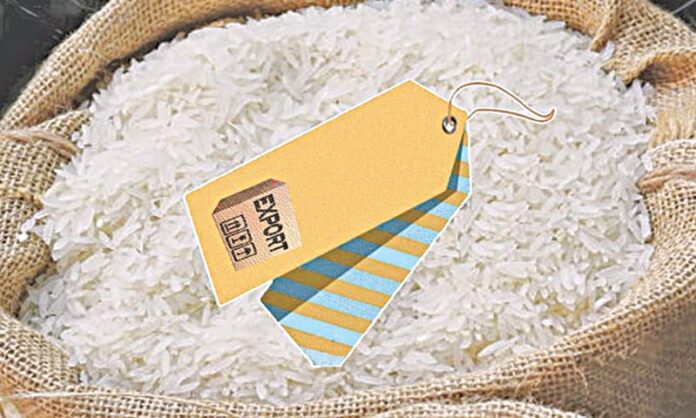Basmati rice accounts for more than 0.75m tonnes of export volume and more than $69m in financial terms.
Rice Exporters Association of Pakistan (Reap) chairman Ali Hussam Asghar said lower rice prices than in India at the start of the season attracted international buyers towards Pakistan, which helped increase the export volume.
He said the non-availability of containers did create problems, and Reap representatives resolved them with the help of the Trading Corporation of Pakistan through the provision of bulk vessels.
He promised to work on the supply chain so that rice export volumes could reach $3bn in the coming year.
Mr Asghar predicted that Basmati acreage and production were set to increase in the next season as farmers had got a good price for their produce during the year ending June 2022. Until last year, rice sector stakeholders had been expressing their concerns at the increasing trend of sowing non-Basmati, particularly hybrid rice varieties, even in the Basmati producing belt of Gujranwala division.
According to rice sector expert Hamid Malik, the supply side has greatly improved in the last three years, with production increasing from 7.2m tonnes to 8.9m tonnes.
Mr Malik said the demand side also remained robust during 2021 and 2022 despite odds like a three-time increase in ocean freight, the non-availability of empty containers and bulk vessels, and restrictions related to the Covid pandemic.

